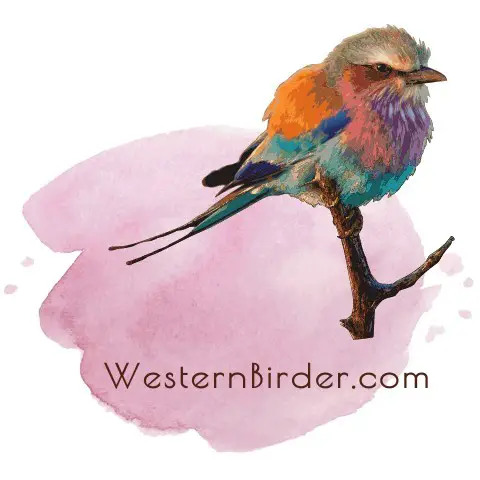We woke up early on November 1, 1971, and proceeded from Tucson south and west to the Altar Valley with wildlife researcher Roy E. Tomlinson in quest of released masked bobwhites. We were hoping to observe adults and first generation kids under the shadow of the Baboquivari mountains, just north of the Sonora, Mexico border.
As we drove, Roy reflected on the long-term, arduous efforts to return this beautiful subspecies into a portion of its former Arizona breeding area, which had been devastated by overgrazing and drought. Adrenaline surged as he discussed the pioneering work of J. Stokely Ligon, Seymour and Jim Levy, and, of course, the Bureau of Fisheries and Wildlife in Laurel, Maryland.
We arrived at the release location, just east of Altar Valley, and started our hunt through the flat mesquite grassland. Our expectations were high, and they were gratified after an hour of searching. We set up two adults (releases) and two young adults (three-quarters grown). Roy had won, and we were overjoyed! The masked bobwhite had returned home. And the birds had left their stamps. We gathered numerous feathers, which we now have in a sealed package.
Roy Tomlinson introduces us to this lovely bird in a 1972 paper titled “Current Status of the Endangered Masked Bobwhite Quail.” The male is distinguished by a black neck and brilliant cinnamon underparts. The female is virtually similar to the female of the Northern Bobwhite.
Colinus Virginianus Ridgwii previously lived in central and northern Sonora, Mexico, as well as a tiny region in southern Arizona. At altitudes of 800-4,000 feet, the bird favoured flat mesquite grassland. Masked bobwhite sought for weedy growths in association with grasses such as Rothrocks Grama and Three-Awns in this environment.
After extensive and sometimes futile searches, live birds were captured in Sonora and sent to the Bureau of Sport Fisheries and Wildlife’s Pautuxent Research Center. This endangered species had over 200 offspring there. 160 birds from nine coveys were transported to Tucson during the summers of 1969 and 1970. The birds were released at two Arizona locations after a 24-hour supervised acclimatisation period in holding enclosures. However, success did not come easily. Many thought that the masked bobwhite would never return to Arizona permanently.
But they were mistaken! Indeed, good multiplication was so clear over time that the government was able to acquire suitable habitat near where we three had placed the birds. The Buenos Aires Ranch has been designated as a national wildlife reserve. What a wonderful welcome home for the masked bobwhite!
Actually, Buenos Aires was recognised as the sole area with sufficient original habitat for restoration as early as the 1970s. This ranch began releasing captive red birds in the 1970s. Each year, around 1500 birds are released, with an estimated 400-700 surviving the winter. Efforts are being made to meet the objective of 500 breeding pairs.
This disguised bobwhite project is definitely worth a look. For further information, contact the Buenos Aires National Wildlife Refuge at Box 109, Sasabe, Arizona 85633, or phone (520) 823-4251.
